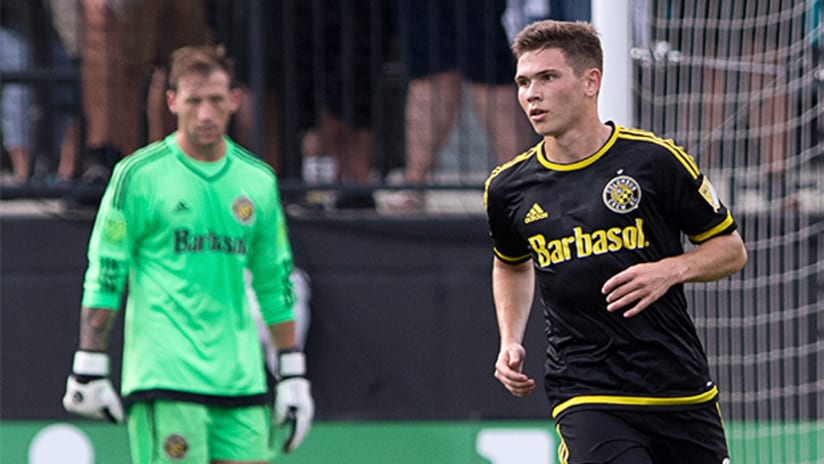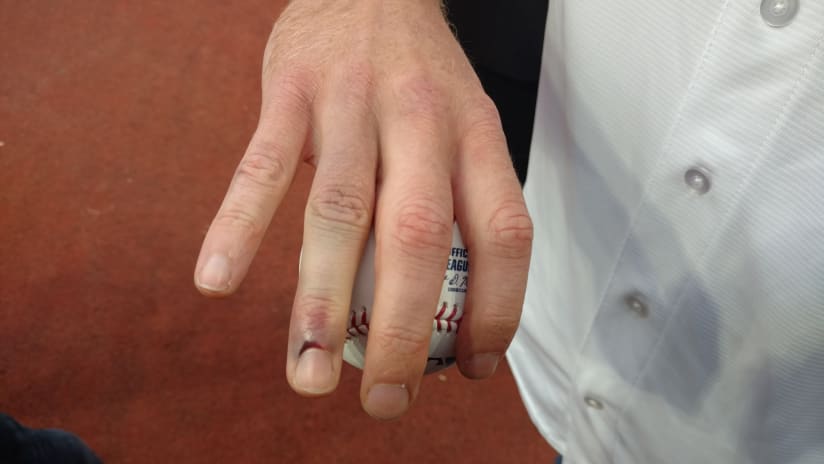Table of Contents
The Play, Part One: The Play Itself
The Play, Part Two: Why Not In Chicago?
The Play, Part Three: Deja Crew for the Fire
Kei Slama Jama
Mr. Numbers Nerd: Home-and-Home Sweep Edition
Most Dangerous Lead
Five days. Six points taken from the Chicago Fire. What’s more perfect than that? For any fan of Columbus Crew SC, that’s about as great as a week in July can get.
“It’s a big rivalry,” said Crew SC fan turned Crew SC midfielder Wil Trapp. “It’s always been a big rivalry. I remember watching as a kid and how you always want to beat Chicago.”
And now as an adult, Wil can do something about it. Let’s start this edition of Sirk’s Notebook by looking at a play involving Trapp that will be the event that I long remember about this game.
THE PLAY, PART ONE: THE PLAY ITSELF
As I’ve said many times, one of the great things about attending live sporting events is that you never know what you are going to see on any given evening. On Sunday, Crew SC fans were treated to the fastest penalty kick call in MLS history, and it wasn’t even close. The previous record was the third minute, but Chicago goalkeeper Sean Johnson made contact with Ethan Finlay eight seconds into the match.
The whistle blew one second later, so depending on how you want to characterize it, it was either eight or nine seconds. That’s a record that will be virtually impossible to break, and if you were there on Sunday, you got to witness it firsthand.
This unique record was the result of a set piece. Here’s how it happened. Ethan Finlay and Federico Higuain stood over the ball in the center circle, while Kei Kamara drifted out to the right side where Finlay normally roams. Finlay tapped the ball to Higuain, who then dropped a pass to Wil Trapp a few steps behind the center circle. Trapp lofted a pass up the right side toward Kamara. Fire center back Adailton rushed out to try to cut out the pass, but didn’t get there in time.
Finlay, meanwhile, sprinted right up the middle of the field through the space vacated by Adailton. Kamara, being a dominant aerial force that Chicago had no answer for all week, easily won the header and nodded it forward into Finlay’s path. Finlay took a touch and Johnson slightly bumped into him, which was enough to knock full-speed Finlay to the ground. Penalty. Just like that.
“Really, it’s just got to be a perfect sequence of events, and that’s what happened,” said Finlay. “The ball had to be in the right spot to pull Adailton out, and it did that. Gehrig didn’t recognize it quickly enough and it was a great header in. And then we didn’t get a goal off of it directly, but we drew the PK, and that in turn ended up giving us the lead. It needs to be a perfect sequence of events and in every little part—the ball, the flick, the jump—it went perfectly.”
Watch the play here:
In his postgame press conference, Crew SC Sporting Director and Head Coach Gregg Berhalter mentioned that it was a play that they had talked about, so I became fascinated about the idea of not only scoring because of a set piece on the opening kickoff, but that it even existed in the first place.
Teams practice set pieces all of the time for corner kicks and free kicks, so it had to be exhilarating to see such an improbable set piece transfer from the training ground to the actual game. All of that practice paid off, right?
“We don’t practice it,” Finlay said. “We talk about it before the game, usually, but we don’t practice it.”
Wait, what? It’s not even practiced? Is it at least diagrammed?
“It’s diagrammed,” Finlay said. “They give us a diagram, but it’s not like we’re out there in training like, ‘Kei, you run over there and do this’ or anything. It’s not like we go out there and hit that ball in practice.”
Okay, so it was on the board before the game and the guys knew to go out there and do it?
“Usually it comes up on the board before the game,” Finlay said. “We’ll put it up and say we’re going to do something. And it changes every game. We’ll run something different every game.”
So for this game, this play was on the board then. Makes sense.
“It was on the board [Wednesday] in Chicago,” Finlay said, further obliterating my attempt to comprehend what transpired. “Today, I think there was just an assumption. We just knew in that moment. I went to the ball. Kei went out wide. And that’s what’s kinda cool about it. It was just in all of our minds from Wednesday. The coaches identified it, but we didn’t run it on Wednesday, and then we ended up running it tonight at the start of the game.”
All right, so the assumption was that the play was going to be run today since it didn’t run on Wednesday, so the players talked about it in the huddle right before kickoff? Nope.
“When we were getting started, I didn’t even think about it when we broke the huddle,” Finlay said. “Then Mike [Parkhurst] says we have the ball and then—boom!—it hit me. Okay, this is what we’re doing. Normally I run out to the side getting ready, but this time I knew what we were doing. Kei went out this way [to the right] and he knew it. We made eye contact and we were ready to go. For them, they were probably just thinking it was going to be a head ball hit out to Kei since he’s out there, but yeah, it worked for us.”
So to recap, this was a set piece they never practice, which was planned but not used for the previous game, and then was executed to perfection without anyone even discussing that it was actually what they were going to do on this particular day.
Or, as Finlay summed it up, “It was a great start for us.”
“That’s the reason why you run them,” Trapp added. “Nobody’s ready for it. It just happened to work out perfectly. Kei ran onto it and had a great header. Ethan made the run and put them on their heels and Sean Johnson had to make a play. So yeah, the biggest thing is that we scored a goal off it. We’re happy with that.”


